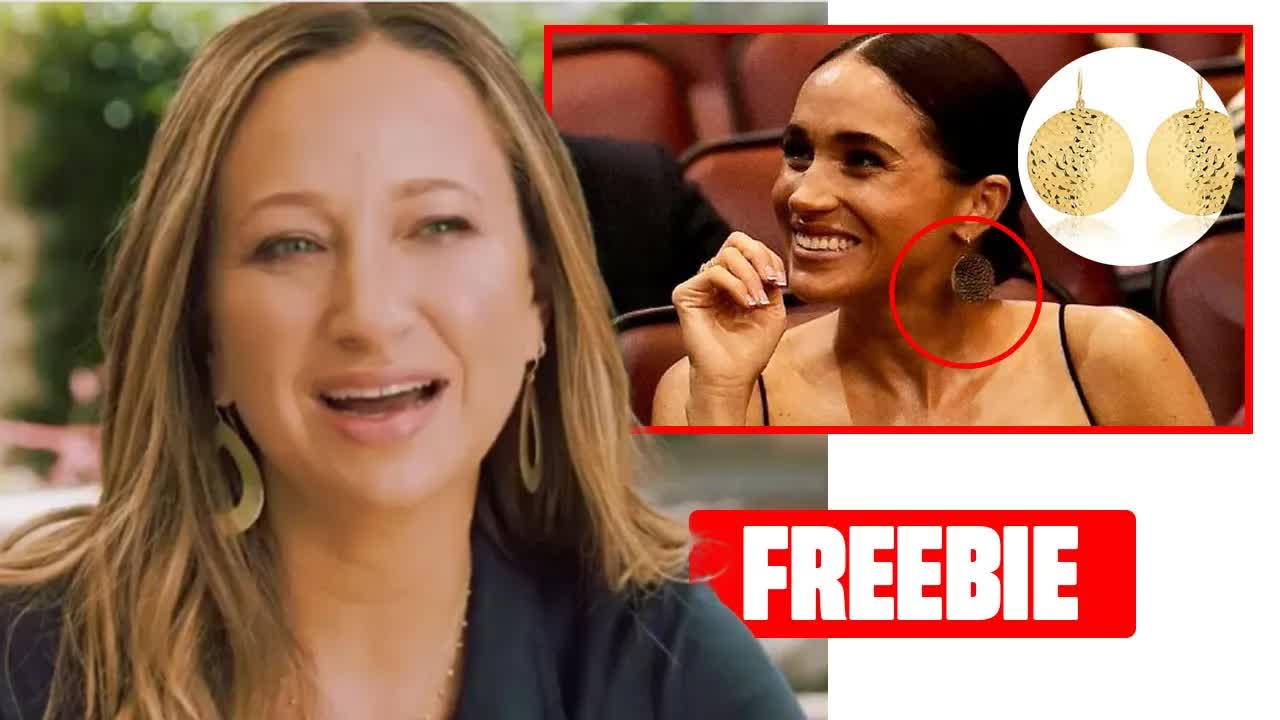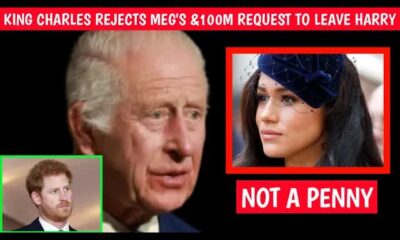Must Read
Exploiting Royal Connections: Meghan Markle’s Jewellery Controversy
Meghan Markle made headlines recently for donning multiple pieces of jewellery from Los Angeles designer Jennifer Meyer during a public appearance and her brief stint as a working royal.
Meyer, whose father was a co-founder of the talent agency CAA, found herself in hot water after posting a link to purchase the pieces on Instagram, contrary to the strict non-disclosure agreements signed by brands dressing senior British royals.
These agreements prohibit the use of the Royal Association for marketing purposes, requiring interested buyers to navigate through websites or shopping catalogues to make a purchase, thus maintaining an air of spontaneity in social media posts.
Despite Jennifer Meyer's NDA commitment to discretion, her decision to post a purchase link following Markle's endorsement prompted Kensington Palace to swiftly intervene and demand its removal.
Speculations arose regarding whether Meyer had paid Markle to wear the jewellery as a form of influencer marketing or if the pieces were gifted in exchange for favorable publicity.
While senior royals are typically barred from accepting freebies to avoid conflicts of interest, Harry's memoir revealed that Markle had accepted company gifts during her time as a working royal, suggesting a potential gray area.
Reports surfaced detailing the hefty price tag attached to the latest Jennifer Meyer earrings sported by Meghan Markle in Jamaica, amounting to $3,250.
The cumulative value of all Meyer jewellery flaunted by Markle exceeded $15,000, raising questions about the nature of the brand's relationship with the royal figure and the benefits derived from such high-profile endorsements.
This scenario mirrors a previous jewellery scandal involving Markle, where she showcased Kimi jewellery during her royal tenure and at the Invictus Games in Dusseldorf.
The scrutiny intensified as suspicions emerged regarding potential financial arrangements between Markle and the jewellery brands she endorsed.
The founders of Kimi jewellery, Jessica Watch and Sidney Nijhuis, disclosed their strategic approach to securing Markle's patronage through direct appeals, bypassing traditional palace channels.
Their revelation on a televised platform led to a significant investment in their brand, underscoring the power of royal connections in garnering commercial support and positive publicity.
In essence, the controversy surrounding Meghan Markle's jewellery choices sheds light on the intricate dynamics between the royal family, brands seeking endorsement, and the blurred lines between influence and exploitation.
While the specifics of any financial transactions remain speculative, the significant monetary value associated with the jewellery worn by Markle underscores the lucrative nature of leveraging royal associations for commercial gain.
The saga serves as a cautionary tale highlighting the complexities of celebrity endorsements and the ethical considerations that accompany them in the realm of high-profile fashion and marketing.






























